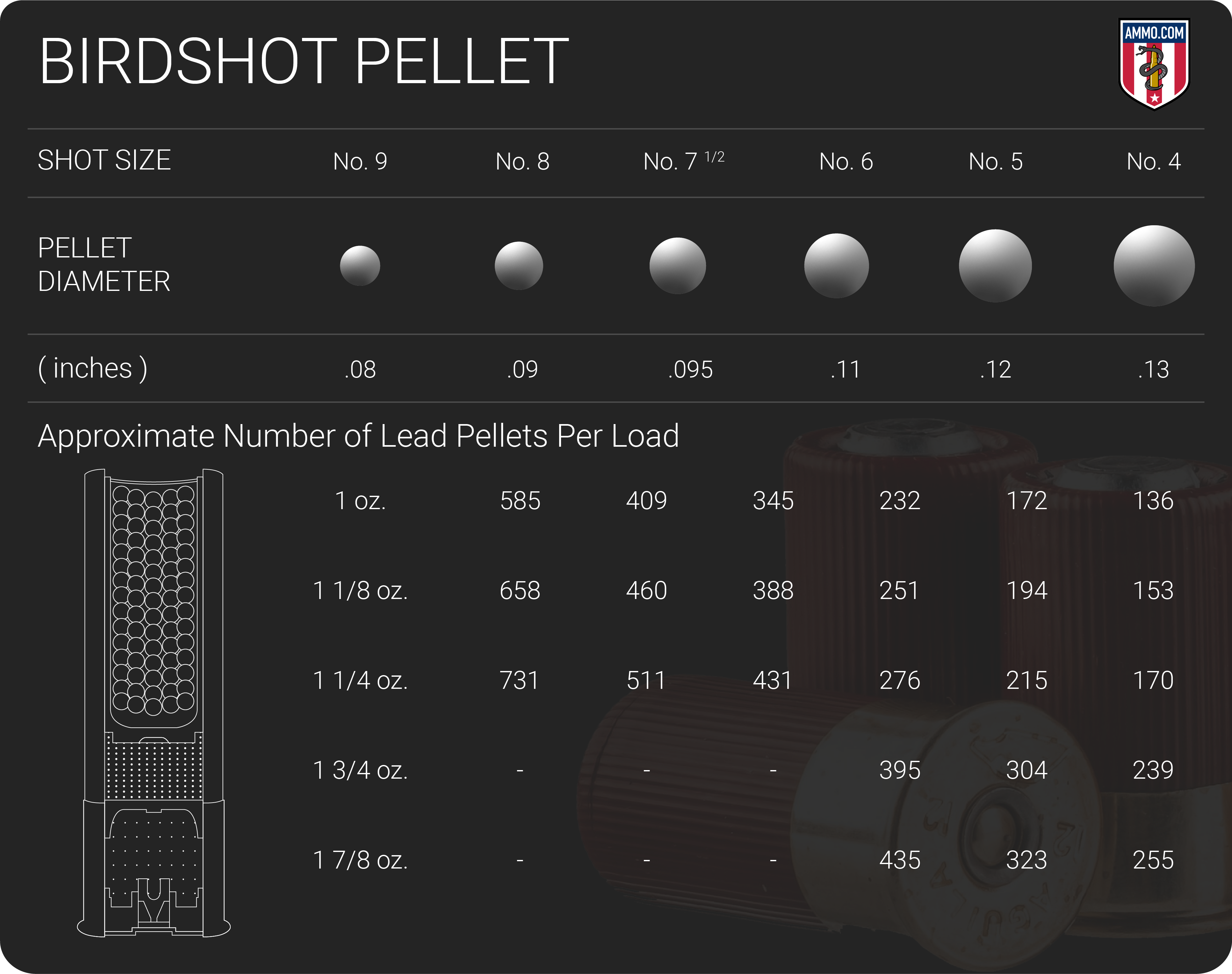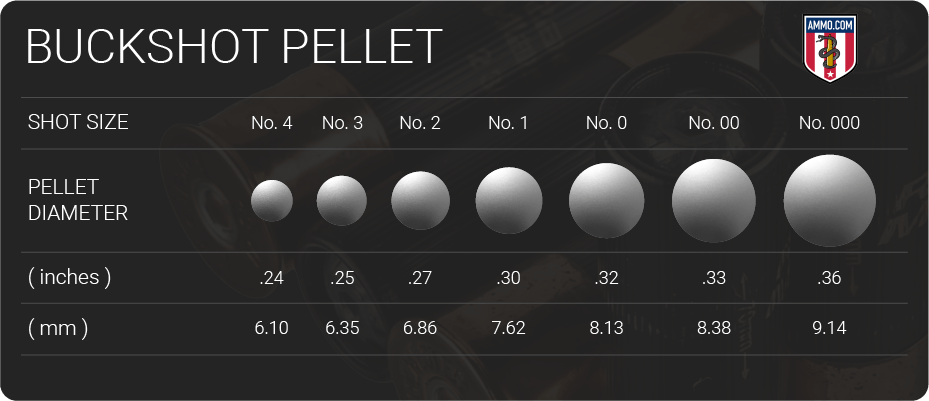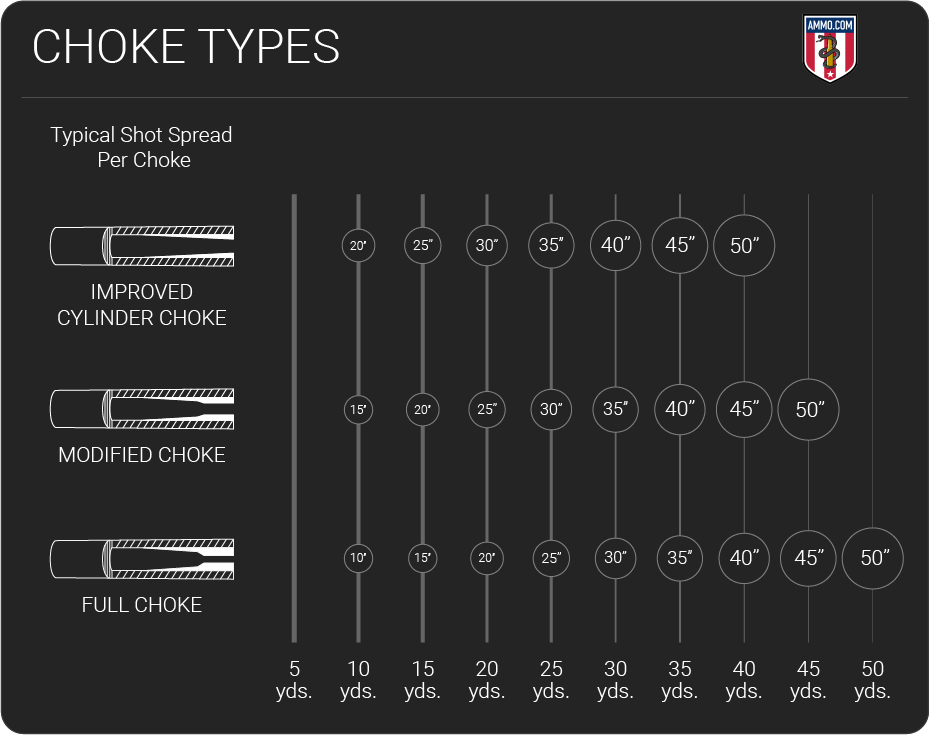The Genesis of the Survivor Personality
by Al Siebert, PhD
Author of The Resiliency Advantage: Master Change, Thrive Under Pressure and Bounce Back From Setbacks (2006 Independent Publisher’s Best Self-Help book), and best seller The Survivor Personality: Why Some People Are Stronger, Smarter, and More Skillful at Handling Life’s Difficulties…and How You Can Be, Too.
(A condensed version titled “The Survivor Personality” was published in the AHP Newsletter, Aug.-Sept., 1983, and used as the source of material quoted in chapter eight in Love, Medicine, & Miracles, by Bernie Siegel, M.D.)
- Abstract
- Introduction
- Four Criteria
- Method
- Biphasic Traits
- Synergy Motivation
- Need for Good Synergy
- The Competence Imparitive
- The Role of Learning
- Learning What No One Can Teach
- Conclusion and Hypothesis
- Footnotes
- References
- Permission to Reprint Information
- Bottom of Page
Abstract:
A curiosity which started in 1953 about life’s best survivors led to the identification of a small subgroup within the population who will probably be the normal or typical human of the future. Such persons can be described as having “survivor” or “synergistic personalities.”
Abraham Maslow’s later writings reflected a strong interest in synergy. He assisted Margaret Mead in publishing Ruth Benedict’s descriptions of high synergy and low synergy cultures. Maslow wrote about high synergy and low synergy organizations and their effects on self-actualization. His listing of the motivations and gratifications of self-actualizing people includes nine items indicative of needing to have things work well.
To place the need for high synergy in context it is suggested that the traditional pyramid drawing of Maslow’s hierarchy of needs be inverted and that the need for synergy be added as the next need above self-actualization.
The synergistic personality is characterized as having been able to sustain into adulthood the playful curiosity of childhood. As a consequence, the life-long activity of learning carries such persons beyond their teachers. To make important aspects of their lives function well they engage in self- motivated, self-managed learning derived directly from experience. As adults they exhibit the neurogenic motive that Robert B. White described as “effectance motivation.” Thus as the years go by they become increasingly life competent or “life smart.”
Central to the development of a synergistic personality is the integration of paradoxical personality traits. Such persons are comfortable with and value their inner counter-balanced dimensions. They appreciate the benefits derived from being able to engage in pessimistic optimism, cooperative non-conformity, selfish altruism, extroverted introversion, playful seriousness, and more.
It is hypothesized that the synergistic personality reflects the emergence of a new level of human development and brain functioning that is fundamentally different and more advanced than that of Cro-Magnon humans.
Introduction
When I enlisted in the paratroopers in 1953 the training cadre were all seasoned combat veterans. They were the few survivors from the 11th Airborne Division, a unit that had fought in the Pacific during WWII and later in Korea. Being around them I saw that it wasn’t just fate or luck that these were the few still alive. Something about them as people had made a difference.
Four Criteria
After my discharge I returned to college and majored in psychology. In graduate school I chose clinical psychology as my major field but as time went by I became dissatisfied with the emphasis on mental illness and became increasingly curious about people who are best at handling life’s toughest challenges. My main focus over the years has been to try to understand life’s best survivors. To organize my efforts I developed a list of four criteria or qualifiers. The criteria are as follows:
People with survivor personalities are those who…
- have survived a major crisis
- surmounted the crisis through personal effort
- emerged from the experience with previously unknown strengths and abilities
- in retrospect find value in the experience (A)
A good indicator that a person meets the four criteria is a statement such as, “I would never willingly go through anything like that again, but it was the best thing that ever happened to me.”
Method
Ken Keyes, Jr. once wrote: “It is impossible for you to learn what you think you already know.” Instead of studying survivors by using existing concepts of human personality, motivation, physiology and learning, I let myself learn about people as they really are. Instead of trying to make the territory fit the maps that others had constructed, I wandered as an observer with a curious and silent mind through the territory allowing it to create its own map for me.
Using the four criteria as a frame of reference, I worked backward. Over the years I asked myself such questions as:
- “Is there a basic pattern of traits that survivors share? If so, what are the traits?”
- “What about their uniqueness? How can a person be similar to others and yet be a unique individual?”
- “What are survivors like when they aren’t surviving?”
- “Is the survivor personality inborn or can it be learned? If it can be learned, what are the learning parameters?”
To find answers to my questions, I interviewed many people, read extensively and developed a questionnaire (B) for collecting information from people who identify themselves as having survivor personalities. Once the picture started to become clarified, I sought feedback from experienced survivors about the accuracy of my descriptions.
Biphasic Traits
Survivors puzzled me at first. Survivors are both serious and playful, they are hard-working and lazy, self-confident and self-critical.
The historic mode of thinking in psychology has been to conceptualize personality traits as unidimensional and as either present or absent in a person. Individuals were thought of as being one way or another, as introverted or extroverted, for example. Yet, many survivors show characteristics of both introversion and extroversion.
What is the relationship between being a survivor and being paradoxical?
An article on biphasic patterns of behavior by T.C. Schneirla led to the answer. In this article, Schneirla described his experiments in attempting to understand how living creatures survive in the world. The basic purpose of his research was to find out how “animals generally manage to reach beneficial conditions and stay away from harmful, that is, how survivors do this.” (1)
After much research, he concluded that a creature’s ability to survive is derived from being able to approach or withdraw from anything near it. To survive on this planet a creature must be able to move toward life- sustaining conditions and away from poisonous or other life-destroying conditions. The ability to approach or withdraw was described by Schneirla as being a “biphasic pattern of adjustment.”
Biphasic patterns are possible because of opposing muscular systems in our bodies. Animals have physical control over themselves because the cerebral cortex coordinates flexor and extensor muscles working against each other in controlled opposition.
Similarly, the ability of humans to consciously influence their emotional states is largely a function of the sympathetic and parasympathetic nervous systems working in counterbalanced opposition to each other.
Opposing nervous systems give creative response choices. Consciously controlled, counterbalanced systems free humans from being stimulus bound. Moshe Feldenkrais, the originator of movement techniques that lead to better physical integration, has observed that “reversibility is the mark of voluntary movement.” (2) An action that cannot be reversed is involuntary. It is reflective and not under cortical control.
Biphasic personality traits increase survivability by allowing a person to respond in one way or its opposite in any situation. To have biphasic traits is to be both one way and another rather than either one way or another. Thus, complexity and stability are derived from being tough and sensitive, proud and humble, selfish and unselfish, cooperative and rebellious, analytic and metaphoric, shy and bold, etc.
The people involved in my survivor personality research project say that being flexible and adaptable, more than anything else, is central to being a survivor. Having a variety of responses available is what makes possible the handling of chaotic, unpredictable or unexpected conditions.
Respondents also indicate, by the way, that learning about the value of biphasic or paradoxical traits is emotionally reassuring. For example, a woman who worked as a head nurse in a county hospital and was recognized for her outstanding skills wrote to me saying: “appreciate the paradoxes — it’s good to know it’s not weird-I used to puzzle myself about being conservative-liberal, generous-stingy, serious-silly, quiet-gregarious, interested-bored, involved-aloof.”
What the specific pairs of counterbalanced traits are seems to be less important than having many such pairs. The longer the list of pairs of paradoxical or biphasic personality traits (C) that are descriptive of a person, the more complex the person is and, thus, the person is usually better at successfully dealing with a variety of situations.
Evidence establishing the relationship between response choices and survival is available from many sources. Two biologists, in commenting upon successful patterns of survival in the animal and plant world, have stated: “the plants and animals that survive in their progeny are the lucky ones. They hold the winning combination: A successful pattern filling one place and time, and the ability to modify the pattern in the correct direction as fast as the environment changes. The luckiest of all have an adaptation ready, still unused, as though prepared for alteration that has not yet come. They gain a head start in the altered world. Less fortunate are those whose pattern limits them to a single situation. They vanish forever….” (3)
Synergy Motivation
Biphasic traits make flexibility possible; but being complex is not enough. Some complex people do not handle life’s problems well. If having biphasic traits provides options about ways to respond, what determines choices? What gives paradoxical people a sense of direction? How do they know what to do in unique situations? How is it that they handle emergencies so well? How do they know what not to do? How do they know what would not work? Why are they good people to have around?
These are motivation questions. They are questions about the occurrence, direction, and persistence of a behavior. Answers to these questions can be found by examining a major motive in life’s best survivors: It is the need to have things work well for themselves and others.
The need to have things work well explains much about survivors. This need is a central, organizing, motivational principle in their lives. It helps explain why, when necessary, they can successfully handle a situation that no other human being has faced before.
A diagram of the hierarchy of needs that Abraham Maslow described is usually drawn this way:
Visualizing the hierarchy as organized in the form of a pyramid is not conceptually accurate, however. (D) The more basic tissue needs are simple and satisfied quickly. Eating food or bandaging a cut takes only minutes. At each higher level the need is more complex than the one before it. Emotional and mental needs take longer to satisfy. Actualization takes many years.
In addition, the concept of self-actualization does not handle very well the need of people with survivor personalities to have things work well. Maslow recognized the existence of this motivational force in self- actualizing people, although he did not separate it out as another motive.
To make sense out of what I have observed and what Maslow actually described, therefore, I find that I have to turn his pyramid on its apex and add another motivational force beyond self-actualization. The drawing looks like this:
Maslow learned about synergy from Ruth Benedict, who introduced the concept in 1941 in some lectures she unfortunately never published. Maslow later obtained some of her lecture notes and had them published several years after her death.
Having studied many different cultures, Benedict felt the need to develop a concept which would help communicate some significant differences between cultures in regard to the quality of life for a person living in one culture or another. She stated:
I shall need a term for the gamut, a gamut that runs from one pole, where any act or skill that advantages the individual at the same time advantages the group, to the other pole, where every act that advantages the individual is at the expense of others. I shall call this gamut Synergy, the old term used in medicine and theology to mean combined action. In medicine it means the combined action of nerve centers, muscles, mental activities, remedies, which by combining produced a result greater than the sum of their separate actions.
I shall speak of cultures with low synergy, where the social structure provides for acts that are mutually opposed and counteracted and of cultures with high synergy, where it provides for acts that are mutually reinforcing. (4)
Ruth Benedict’s ideas are applicable to groups as well as cultures. High synergy exists in an organization or agency when minimum effort results in cooperative, effective action. Low synergy exists when excessive effort results in little useful action.
Trying to get something done in a low synergy organization is like driving a heavily loaded truck and trailer down the highway with all the tires flat. Working in a high synergy organization is like cruising along the highway in a well-tuned Porsche.
Maslow devoted a great deal of attention to the concept of synergy during the latter part of his career.
He recognized that some people do not merely self-actualize and then stop. Some people transcend being “merely healthy.” (5) They resolve, master and integrate conflicting forces and are motivated to create a good society for themselves and others. Maslow, in referring to the possible desirable state of affairs, coined the term “eupsychia” and defined it as “the culture that would be generated by 1,000 self-actualizing people on some sheltered island where they would not be interfered with.” (6)The central purpose of his book titled Eupsychian Management was to show organizational managers what they need to understand to create an environment conducive to optimum psychological health for workers.
The “need to have things work well” is clearly present in Maslow’s listing of the “Motivations and Gratifications of Self-Actualizing People.” (7) Nine of the 40 items in his list refer to this need:
- They seem to like happy endings, good completions.
- They try to set things right, to clean up bad situations.
- They generally pick out their own causes, which are apt to be few in number, rather than responding to advertising or to campaigns or to other people’s exhortations.
- They manage somehow simultaneously to love the world as it is and try to improve it.
- In all cases there was some hope that people and nature and society could be improved.
- A change to improve the situation where the operation is a big reward. They enjoy improving things.
- They enjoy bringing about law and order in the chaotic situation, or in the messy or confused situation, or in the dirty and unclean situation.
- They like doing things well, “doing a good job,” “to do well what needs doing.” Many such phrases add up to “bringing about good workmanship.”
- They enjoy greater efficiency, making an operation more neat, compact, simple, faster, less expensive, turning out a better product, doing with less parts, a smaller number of operations, less clumsiness, less effort, more foolproof, safer, more “elegant,” less laborious.
Thus, taking into account Maslow’s great interest in synergy, knowing of his clear awareness that people who are self-actualizing become very involved in making things work well, and taking into account that Maslow was a great teacher who encouraged people to think for themselves, I do not feel that Maslow would be greatly distressed to find that I find it practical to invert the pyramid and add synergy as a higher level need. (E)
The link between survivorship and being a competent, synergistic human is as follows: When things are working well, a person:
- can sit back and let things run themselves.
- expends much less energy than people who are struggling.
- has chunks of optional time for being curious about the early signs of new developments.
- can devote attention to the little things that count.
- can spot early indications of potential trouble and take action to prevent it.
- can work on future happenings so that when they occur things fall into place easily.
- is more relaxed, feels better and enjoys “working” as good exercise.
- can put high quality time and energy into emergency developments without having other basic matters interrupted.
- responds to an emergency or crisis with an attitudinal reflex of both expecting and needing for things to work out well.
The Need for Good Synergy
One of the most noticeable qualities of people in whom the synergy motive is strong is that they volunteer to help out when there is trouble. People with survivor personalities are foul-weather friends. When things are working well, they may drift around, apparently uninvolved; but, when there is trouble, they show up.
Their efforts to eliminate problems or reduce pain or distress in another person are partly selfish. Their sensitivity and sympathy for people who are in pain effects them. They feel it when other people are in pain.
The need for synergy is as selfish a motive as any other. The more well integrated a person’s thoughts, feelings and actions become the more the person needs a pleasantly functioning world to live in. Being exposed to discordant, unstabilizing, energy draining, disruptive people or conditions can be painful. Working to make things better is not an unselfish activity.
The selfishness in people with survivor personalities is paradoxical. When they do nice things for others, it is partly because it’s fun to have other people enjoy themselves and partly because it feels good. They have resolved what Maslow calls the selfish-unselfish dichotomy. They have achieved a state of selfish altruism. They can act unselfishly for selfish reasons. In commenting about fusing the selfish-unselfish dichotomy, Maslow states:
Here I would like to take a jump beyond Benedict….In highly developed, psychiatrically healthy people, self-actualizing people, whichever you choose to call them, you will find, if you try to rate them, that they are extraordinarily unselfish in some ways, and yet also they are extraordinarily selfish in other ways…
Somehow the polarity, the dichotomy, the assumption that more of one means less of the other, all this fades. They melt into each other and you now have a single concept for which we have no word yet. High synergy from this point of view can represent a transcending of the dichotomizing, a fusion of the opposites into a single concept. (8)
Since all psychological activities have physiological correlates, such a “fusion” of opposites must reflect the establishment of integrated neurological connections between the various brain centers and neurological systems. If this is indeed the case, then questions about the synergy motive, the need to have things work well, must include attention to neurological variables.
The Competence Imperative
The really competent, synergistic people in every sphere of human activity are those individuals who have gone beyond their teachers. They have learned what no one can teach them. Competence results from self- motivated, self-managed learning. People who follow instructions on how to function successfully are never as skillful as people who are self- motivated learners. Every teacher knows that the students who gain the most from a course are the ones who are self-motivated. Students who passively cooperate in doing as instructed may pass the tests, but they lack the self motivation that leads to mastery.
The motivational forces underlying the learning (F) that results in competence / mastery / effectiveness / skillfulness in making things work well in a variety of conditions cannot be accounted for by external forces such as reinforcers, punishers, social pressures or anticipated rewards. Neither can the self-motivated learning be accounted for by internal tensions or deficits. The self-motivated learning so strongly present in adults who function in synergistic ways is that same as that of small children. The motivational force is neurogenic and has been described by Robert W. White as “effectance motivation.” (9) White, in his classic paper “Motivation Reconsidered: The Concept of Competence,” summarized decades of motivation research by saying:
Later in his paper he stated:
In support of his position, White observed that a healthy, adequately fed child or animal “is by no means at the mercy of transient stimulus fields. He selects for continuous treatment those aspects of his environment which he finds it possible to affect in some way.” (12) What is called child’s play “involves discovering the effects he can have on the environment and the effect the environment will have on him. To the extent that these results are preserved by learning, they build up an increased competence in dealing with the environment.” (13) White defined competence as “an organism’s capacity to interact effectively with its environment.” (14) He says that, “In higher animals and especially in man, where so little is innately provided and so much has to be learned about dealing with the environment, effectance motivation independent of primary drives can be seen as having high adaptive value.” (15) White conceived of effectance motivation as characterized by satisfactions derived from explanatory, varying, experimental behaviors and conceptualized the activities which lead to competence as linked to feelings of efficacy. (16)
The synergy motive can be understood as having two motivational dimensions. First, a discordant, energy-draining situation may upset, irritate, or bother the person and may stimulate activities to improve things; and, second, there is the feeling of enjoyment and satisfaction from being able to take actions which results in things working well.
The Role of Learning
Linking the motivation for competence to internal, neurogenic processes helps explain how and why people who learn directly from life’s experiences are synergistic and handle life’s difficulties better than people who try to function as directed by others. It is not that people with survivor personalities have learned how to learn; instead, it is more accurate to say that they have managed to maintain the way of learning that enhances ongoing neurological development and leads to ever increasing personal abilities.
My own rough model of the circumstances in which people learn is this:
Ways in which humans learn:
- trained or conditioned to act, think, feel, speak as told.
- in structured experiences designed to teach predetermined thoughts, feelings and actions.
- working as an apprentice with a skilled person who helps “educe” useful learning.
- assisted in learning how to successfully deal with unique and unexpected challenges by a mentor.
- unsocialized, self-motivated, self-managed learning directly from experience.
Some people make it through the training, educational and other experiences forced on them by others with the motivation and ability to learn directly from experiences still strong. In some cases, the competency flourishes in spite of the efforts of parents, trainers and educators; in other cases, the competency flourishes because the parents, teachers and educators did not interfere with the self-motivated learning.
Many people do not make it through the training, educational and other experiences forced on them by others with much self-motivation left. Some are victims of severe, although usually well-intentioned, mental and emotional abuse, others seem addicted to “educements.”
Learning What No One Can Teach
The benefits derived from years of self-motivated, self-managed learning include becoming increasingly competent in dealing effectively with real life events and acquiring skills to learn what no one can teach. Everyone encounters difficulties they were not prepared for. Those happen at work, in marriages, with life changes and changes in the external world. Survival responses and synergistic actions both usually depend on the person being able to assess a situation quickly and invent a workable plan of action without asking for approval or waiting for help. The pattern of activities associated with the development of synergistic skills and a survivor personality include the following: As adults, such persons:
- play in the way that happy children do.
- may play aimlessly with no purpose other than for the enjoyment of the activity.
- can become deeply absorbed in an activity, losing all contact with time and external events. While so absorbed, they may talk with themselves, hum or whistle absent-mindedly.
- have the curiosity of a long-time child who asks: “How does this work?” “What if I did such and such?” “What would happen if I acted in another way?”
- allow their feelings to guide their curiosity.
- have an observing, nonjudgmental perceptual style.
- are willing to be foolish, make mistakes, get hurt and laugh at themselves.
- may test the limits, break rules or disobey laws to find out what happens.
- appreciate unpleasant information about themselves.
- carry on conversations with themselves, day dream and have active imaginations. They play in and with their minds.
Indicators that developmental processes are enhanced by these spontaneous, self-motivated activities include observations that such people:
- have empathy for individuals and groups, particularly for opponents / enemies / adversaries.
- have empathy for clusters or systems of relationships such as organizations or equipment.
- use subliminal perception as a valid, useful source of information.
- have good timing, especially when speaking or taking an original action.
- recognize early clues about possible developments and take meaningful action.
- rapidly assimilate new or unexpected experiences and facilitate being changed by them.
- get smarter and enjoy life more as they get older.
- are comfortable in and even amused by ambiguous situations that may frighten or bewilder others.
- exercise conscious choices over biphasic response alternatives.
- maintain a positive direction and show surprising self-confidence against sustained adverse circumstances.
- fall back to and successfully rely on inner resources in disruptive, chaotic circumstances.
- can be a cooperative nonconformist, i.e. not being controlled by social mores, laws or standards, and yet choose to abide by the laws and rules.
- have a talent for serendipity; able to convert accidents or what others would regard as misfortune into good luck.
Such indicators allow us to infer that self-motivated, self-managed learning can lead to advanced levels of neurological development. With some people, however, learning may only play a minor role in the development of the survivor personality.
A few people are born survivors. They are the natural athletes in the game of life. Just as some people are born musicians, writers, artists or singers, some people are gifted at coping well. This ability is so strongly inborn in a few children that even the most adverse home conditions and neighborhoods cannot break them. Julius Segal refers to such children as “invulnerables” and describes them as “an enigma.” They are “children who should be psychological casualties but aren’t.” (17)
E. James Anthony says about invulnerable children: “They deal with life with an excellence and adaptive capacity that doesn’t seem to come from anywhere, as if they had carved these qualities by themselves.” (18)
Nature provides a few people with such a strong inborn capacity for survival that even as children they apparently need minimum help or support from their world. The majority of others follow along lines that would be predicted by the normal distribution curve of human abilities. For most others, the potential for developing a survivor personality is present or absent to a greater or lesser extent. For them, it takes more time and more experience. Thus, for the majority of people, life’s circumstances (nurture) can enhance or diminish the probabilities that they will learn how to take control of their ongoing development.
The extent to which a person can function in ways aligned with deeper, neurological, organic processes is revealed in extreme circumstances. Terrance Des Pres, in summarizing his research into the survivors of the Nazi Death Camps, concluded when people are stripped of all their usual supports and even their health, “when the external props collapse, survivors fall back on life itself.” (19)
It may be that a significant, although subtle, force operating within human behavior and human functions is a species motive rather than an individual one. In the 1840s, Arthur Schopenhauer stated:
The inmost nature of every brute, and also of man, accordingly lies in the species; thus the will to live which is so powerfully active is rooted in this, not really in the individual. (20)
Ex-POWs have told me that, during some of the worst times in captivity, “dying is as easy as letting go a rope.” They would even joke about deciding to stay alive by saying: “We must be crazy to stay alive. Any horse treated like this would have died long ago.”
Conclusion and Hypothesis
Highly stressful situations, ambiguity, unwanted changes, and torturous conditions reveal that some individuals have more capacity to survive and make things turn out well than others. From studying people who successfully survive
and gain strength from extreme circumstances, I hypothesize that:
- the survivor personality cannot be taught but it can be learned.
- those motives, activities and experiences enhancing the emergency of survival abilities are the same as those which enhance the emergence of synergistic abilities.
- neurological maturation can continue in humans throughout their lives.
- for those persons who discover and facilitate the life and growth forces within them, life gets better and better decade after decade.
The methodological problems in testing the hypotheses are considerable. Since an ideal anything can only exist in the abstract, how can individuals with unique abilities be compared-especially when taking into account that one person’s way of solving and surviving real life problems may be quite different from another? To make such comparisons would be more like trying to judge an art competition than doing scientific research.
How can the ability to survive extreme conditions be tested? Humans cannot, for research purposes, be thrown into major, life disrupting conditions.
Even if methods such as those were used by research teams during natural disasters could be used to verify the observed correlations, what could be done to determine whether or not neurological development has occurred and is a significant variable? Can psychologists develop assessment devices that measure advanced levels of neurological functioning in the same way they assess neurological impairment?
Despite the methodological research problems, my observations of life’s best survivors leads me to conclude that the human species is in a transformation to its next level of development. A more developmentally advanced human being is emerging who will compare to the Cro-Magnon way of thinking and living at about the same level of comparison that Cro- Magnon compared to Neanderthal.
Comments and reactions are invited.
(A) The “survivor personality” is, thus, an operational definition. It is a description of an abstracted system as distinguished from the hypothetical construct “mental health.” Such persons could just as well be described as having “synergistic” or “serendipity” personalities because these are also core attributes of exceptional mental health.
(B) What follows, then, is a preliminary report in which those variables and principles observed to be most central to the survivor personality are described. Research issues are discussed at the conclusion of the paper.
(C) The term “androgynous” is being specifically avoided here for the following reason. I have been using the terms “biphasic,” “paradoxical” and “counterbalanced” in reference to personality traits since the early 1960s and prefer them because they are gender neutral. “Androgynous” is a sexist concept implying that a complete person is a mixture of both male and female traits. I view people with survivor personalities as humans whose traits make them good survivors and that their sexual identities are relatively superficial when compared to more fundamental personality dimensions. Besides, the terms counterbalanced and paradoxical teach better. Try telling a room full of city maintenance department employees that they may be able to handle life’s challenges better by becoming androgynous.
(D) See the diagram in The Third Force by Frank Goble, on page 50, and notice how difficult it was to include the self-actualization growth needs in the space at the top of the pyramid.
(E) Another human need which Maslow hierarchy does not cover well is sexual activity, so even my revised version of his model may be considered to have limitations.
(F) Learning being defined as “a change in behavior that results from experience.”
References
(1) T.C. Schneirla, “An Evolutionary and Developmental Theory of Biphasic Process Underlying Approach and Withdrawal.” Nebraska Symposium on Motivation, Vol. 7, Marshall R. Jones, ed. (1959). Reprinted in Selected Writings of T. C. Schneirla (W.H. Freeman, 1972).
(2) Moshe Feldenkrais, Awareness through Movement (Harper & Row, 1972), p. 85.
(3) Lorus J. Milne and Margery Milne, Patterns of Survival (Prentice-Hall, 1967), p. 4.
(4) Abraham Maslow and John J. Honigmann, eds., “Synergy: Some Notes of Ruth Benedict, American Anthropologist, Vol. 72, (1970), pp. 320-333.
(5) Abraham Maslow, The Farther Reaches of Human Nature, pp. 282-292.
(6) Abraham Maslow, Eupsychian Management, (Dorsey Press, 1965), p. xi.
(7) Abraham H. Maslow, The Farther Reaches of Human Nature, (Viking Press, 1971), pp. 308-309.
(8) Ibid, pp. 43 and 210.
(9) Robert W. White, “Motivation Reconsidered: The Concept of Competence, ” Psychological Review, Vol. 66, Sept. 1959, p. 329.
(10) Ibid, p. 305.
(11) Ibid, p. 32.
(12) Ibid, p. 320.
(13) Ibid, p. 321.
(14) Ibid, p. 297.
(15) Ibid, p. 329.
(16) Ibid, p. 329.
(17) Julius Segal, A Child’s Journey, Chapter 12 “Children Who Will Not Break” (McGraw-Hill, 1978), p. 282.
(18) E. James Anthony and Bertram J. Cohler, The Invulnerable Child (Guilford Press, 1987).
(19) Terrance Des Pres, The Survivor: Anatomy of Life in Death Camps (Oxford University Press, 1976).
(20) The Will to Live: Selected Writing of Arthur Schopenhauer, Richard Taylor, ed. (Doubleday & Company, 1962), p. 140.
The Resiliency Center was founded by the late Al Siebert, PhD who studied highly resilient survivors for over fifty years. He authored the award-winning book The Resiliency Advantage: Master Change, Thrive Under Pressure and Bounce Back From Setbacks (2006 Independent Publisher’s Best Self-Help book), and best seller The Survivor Personality: Why Some People Are Stronger, Smarter, and More Skillful at Handling Life’s Difficulties…and How You Can Be, Too.

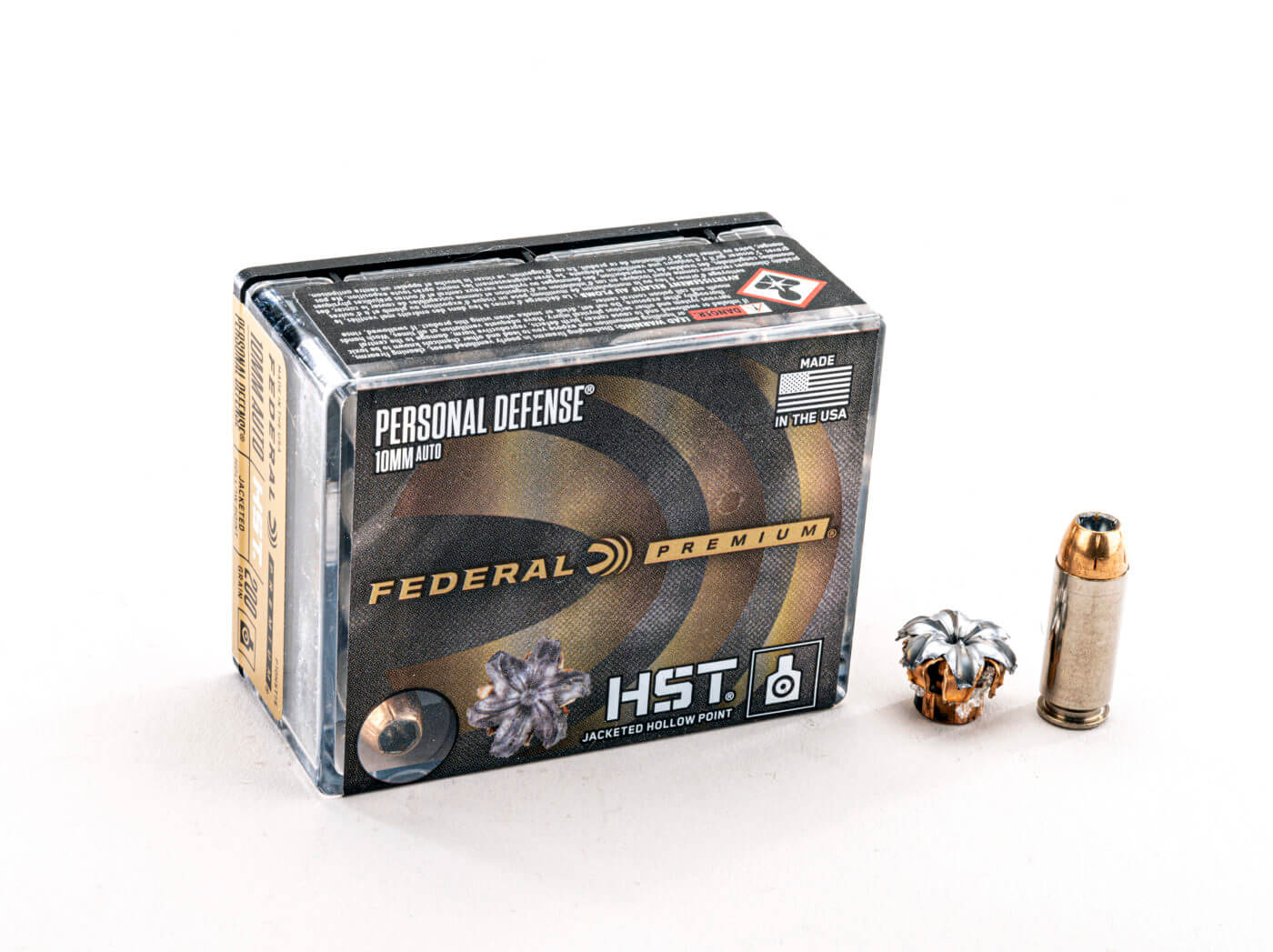
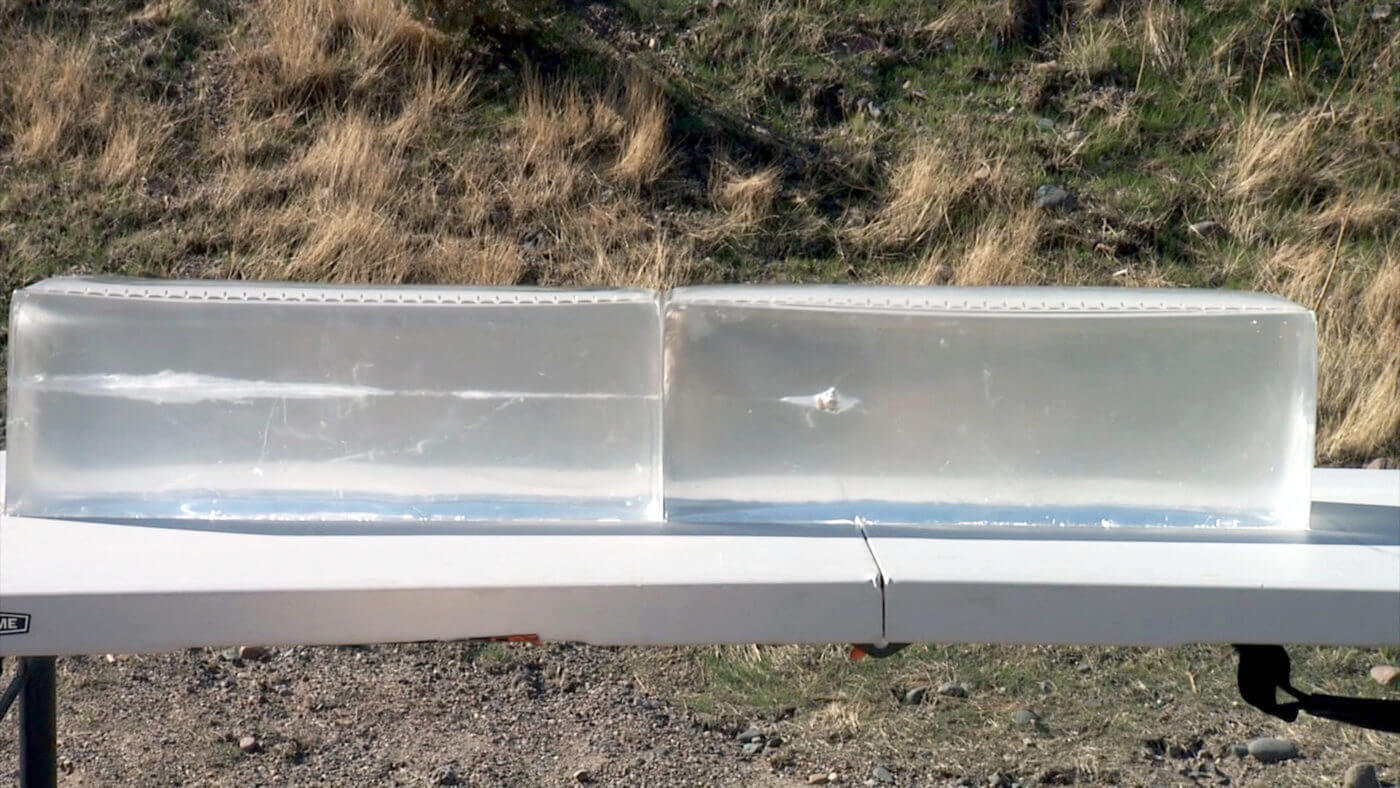
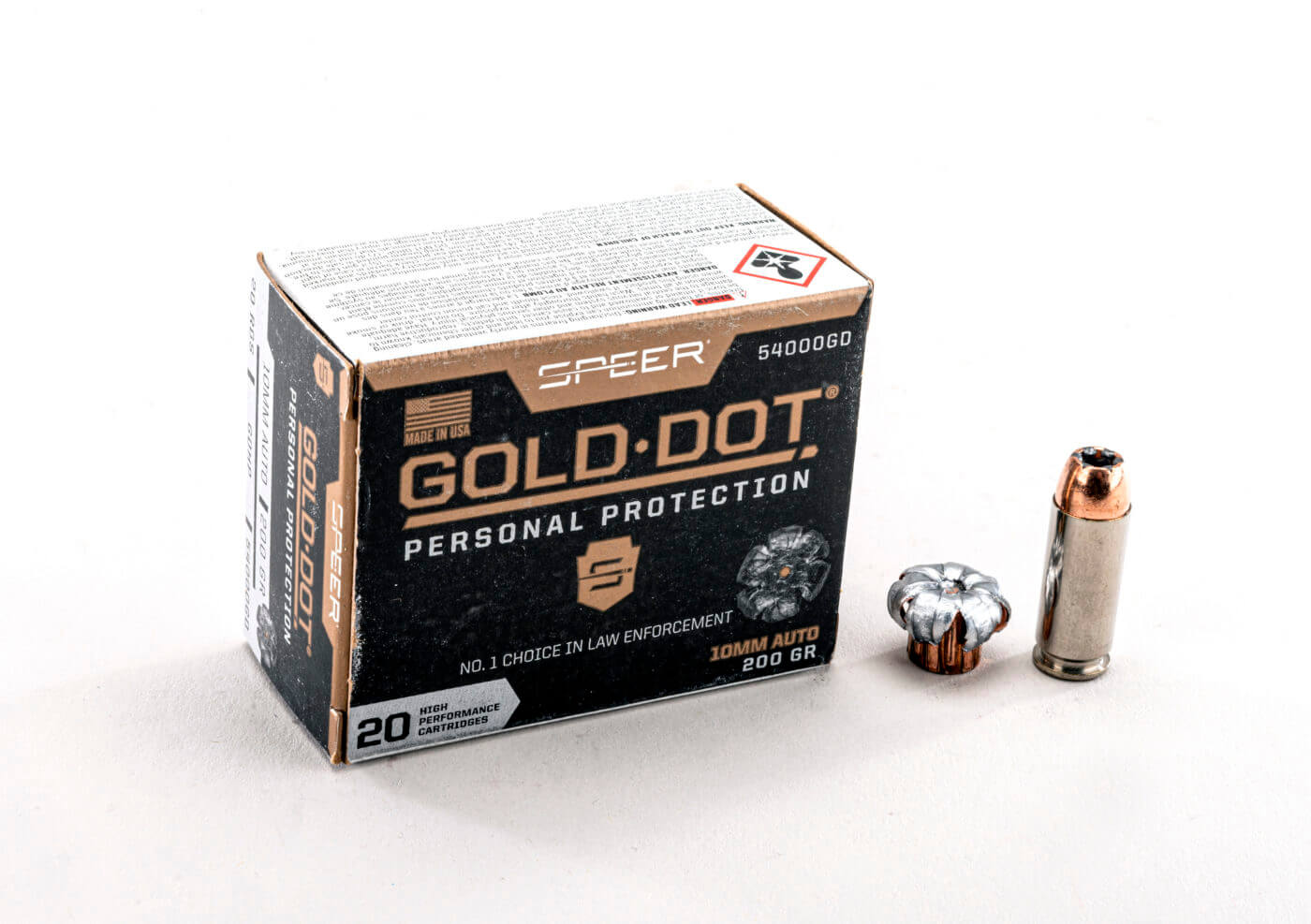
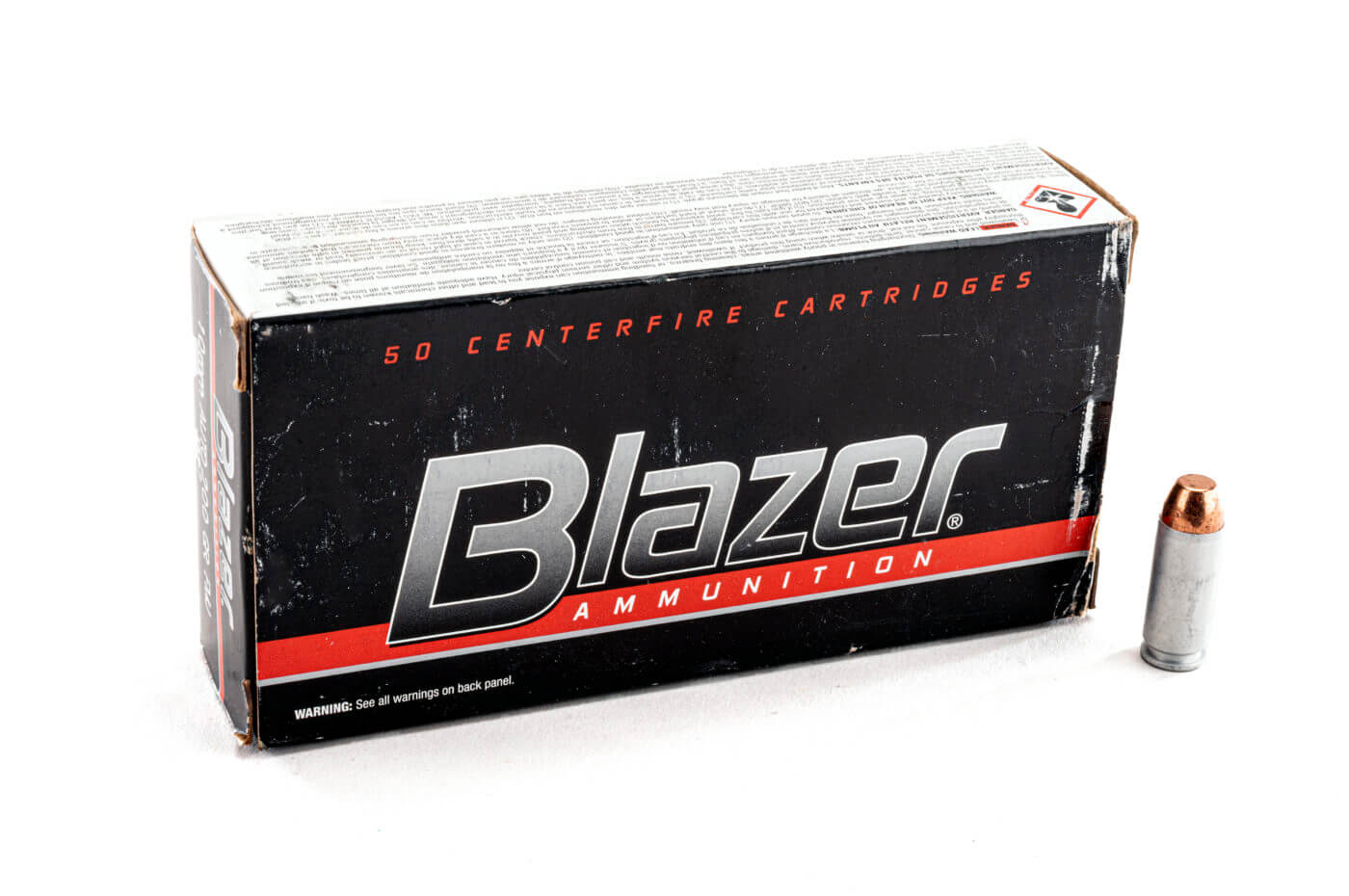
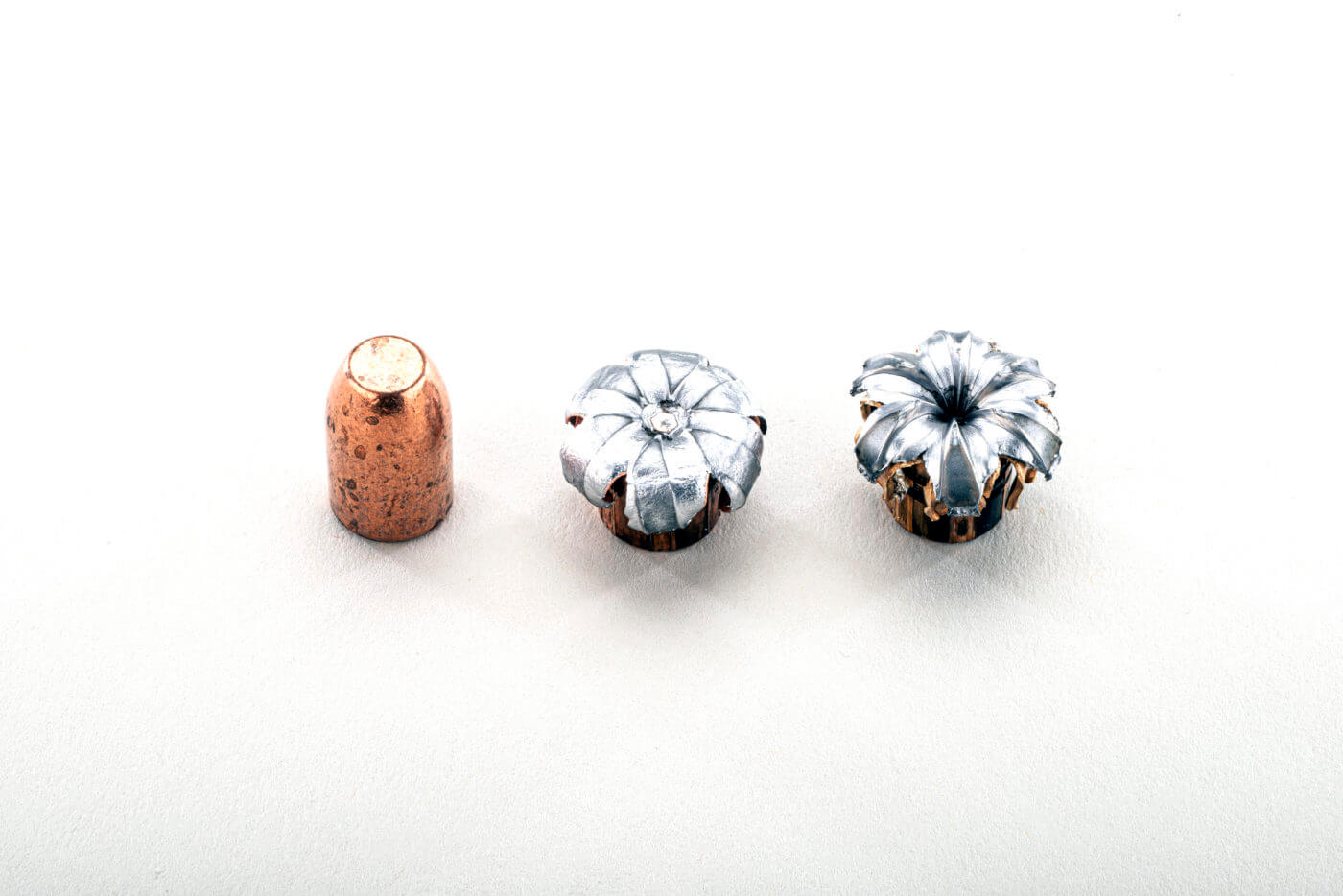








![Air gun 101: The differences between .177 & .22 – Which jobs they do best ? [Infographic]](https://airgunmaniac.b-cdn.net/wp-content/uploads/2024/11/1773-218x150.jpeg)
































 Amia calva, yet another more formal name, date way back to the Jurassic period and their fossils have indicated that they were once widespread across North and South America, Europe, Asia, and Africa. These fish are the only surviving member of a prehistoric family of fish known as the order Amliformes. They are thought of as a highly-evolved primitive fish given that they’ve not changed much from their earliest ancestors. I’d say they must have gotten something right to have outlasted the dinosaurs. Today their population is not as widespread as it once was and is limited to the eastern part of the United States, Southern Canada, and several rivers flowing from the Eastern Seaboard or Gulf of Mexico.
Amia calva, yet another more formal name, date way back to the Jurassic period and their fossils have indicated that they were once widespread across North and South America, Europe, Asia, and Africa. These fish are the only surviving member of a prehistoric family of fish known as the order Amliformes. They are thought of as a highly-evolved primitive fish given that they’ve not changed much from their earliest ancestors. I’d say they must have gotten something right to have outlasted the dinosaurs. Today their population is not as widespread as it once was and is limited to the eastern part of the United States, Southern Canada, and several rivers flowing from the Eastern Seaboard or Gulf of Mexico.


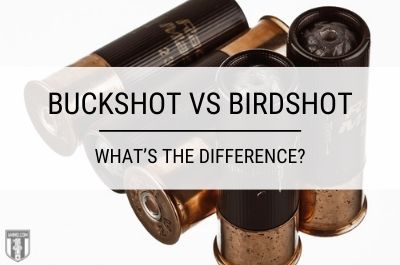 The terms “buckshot” and “birdshot” are often used a lot when discussing the different types of shotgun ammo. Many new shooters are confused about the difference between them, and that’s OK because we were all a little confused the first time we stepped up to the ammo counter.
The terms “buckshot” and “birdshot” are often used a lot when discussing the different types of shotgun ammo. Many new shooters are confused about the difference between them, and that’s OK because we were all a little confused the first time we stepped up to the ammo counter.